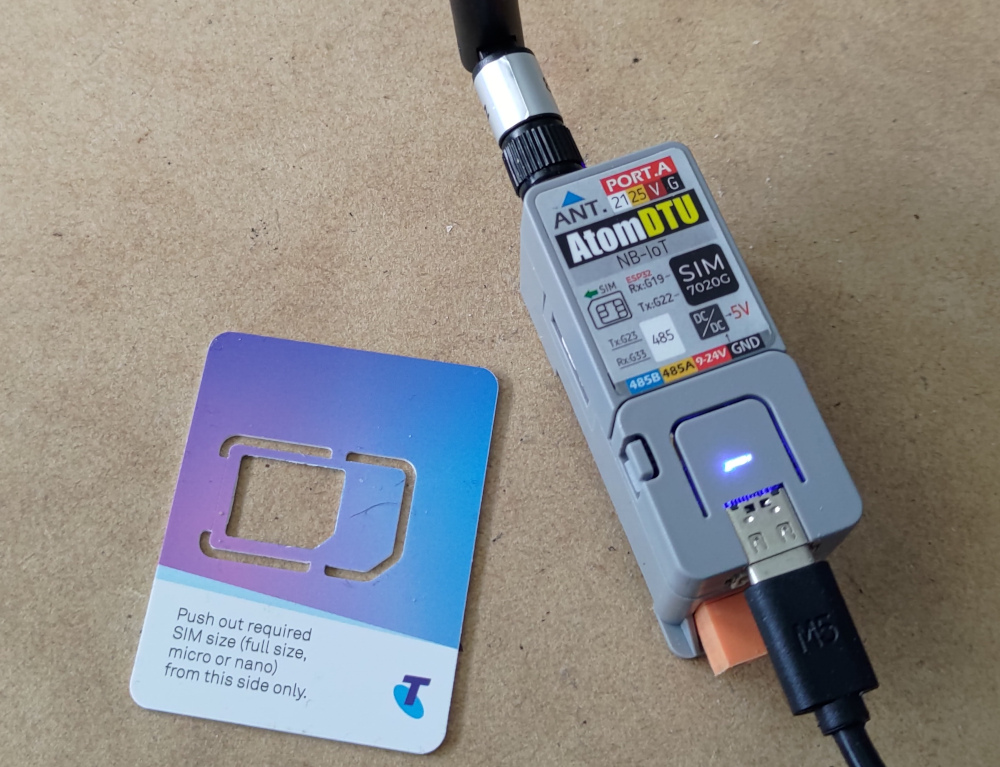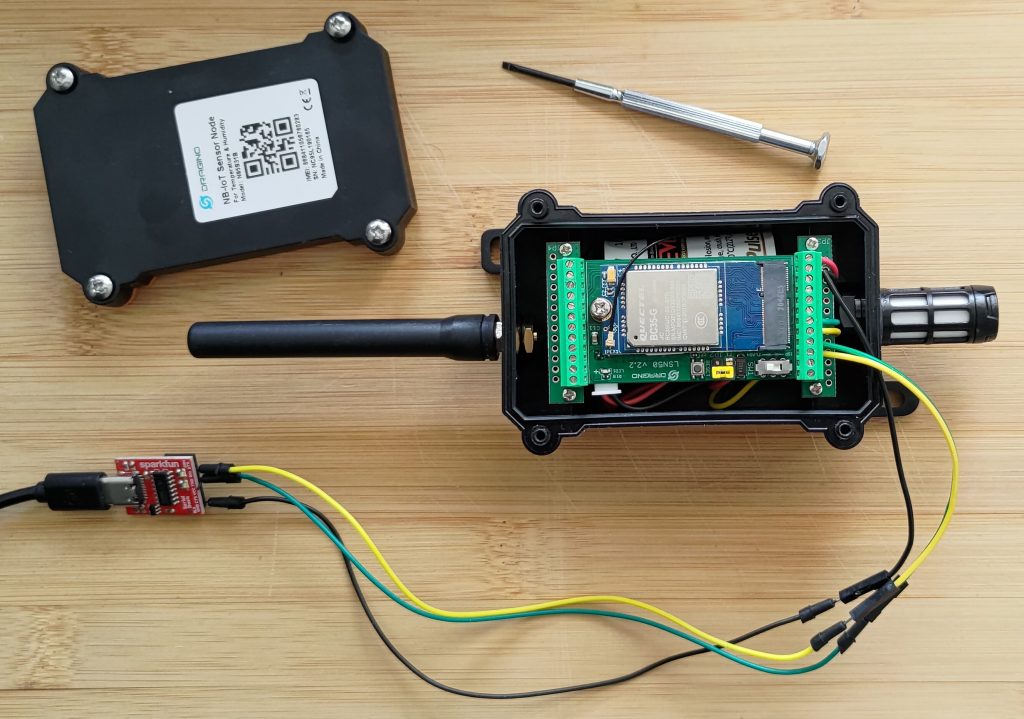M5Stack produce a suite of pilot-suitable modular IoT devices, including the Atom DTU NB-IoT. The NB-IoT DTU (Narrow Band Internet of Things - data transmission unit) comes in a small 64 24 29mm case with a DIN rail clip on mounting and support for RS-485 including 9-24V power (or USB-C power).
The kit base has a SIM7020G modem and the ESP32-based Atom Lite (which also supports WiFi) is included with a very resonable price. The device has built in MQTT, supports secure public certificate TLS connections, and supports IPv6.
While the physical unit is ready for pilot deployment (and the M5Stack website has several commerical deployment case studies), there is no pre-written firmware for the device, so some up front development is needed.
As well as reviewing the strengths and weaknesses of the device, I will also provide some sample code for a proof-of-concept using an Env III environment sensor to transmit temperature, humidity, and air pressure to an MQTT test server using MQTTS (with server certificates), over IPv6, over NB-IoT.
Continue reading M5Stack Atom NB-IoT device with secure MQTT over IPv6(20 min read)


